博文
[转载]hLife 2024年第八期正式出版
||

Volume 2 Issue 8
封面解读
Rolf Hilgenfeld
During SARS-CoV-2 evolution, the Omicron variant became dominant in November 2021. The Omicron Nsp5 main protease (Mpro) features a key mutation, P132H. We determined the X-ray crystal structures of the P132H mutant (O-Mpro) as a free enzyme and with the α-ketoamide inhibitor 13b-K. O-Mpro retains a similar structure and binding with 13b-K compared to WT-Mpro (prototype strain) but shows lower enzymatic activity and thermal stability. The His132 and Glu240 pair exhibits a stacked configuration in all our X-ray structures, as confirmed by all-atom continuous constant-pH molecular dynamics (MD) simulations. These MD simulations reveal that His132 and Glu240 display coupled titration, His132 is predominantly neutral and Glu240 is charged at pH 7. To examine if the Omicron mutation facilitates further Mpro mutations, we analyzed the P132H+T169S double mutant, characteristic of the Omicron BA.1.1.2 lineage, but found little evidence for a correlation between the mutation sites.
目 录
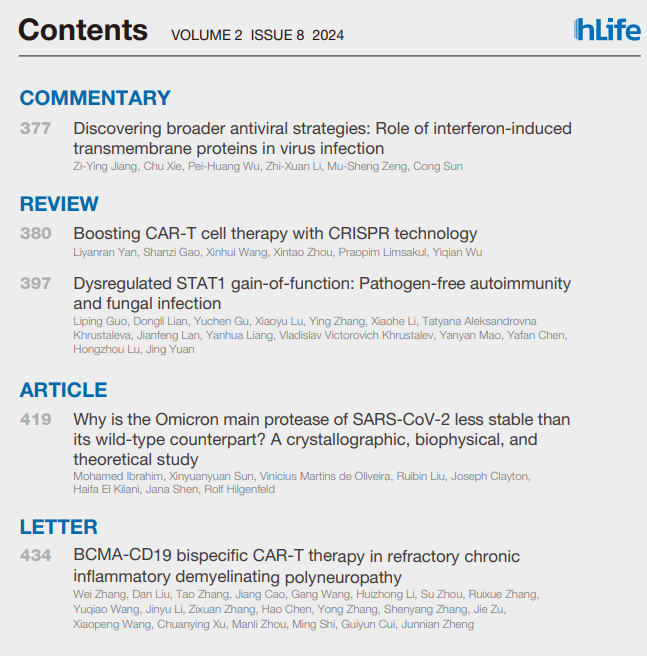
导 读
1. Discovering broader antiviral strategies: Role of interferon-induced transmembrane proteins in virus infection
hLife Commentary | IFITM蛋白家族:广谱抗病毒机制探索
通讯作者:曾木圣、孙聪

病毒与宿主免疫系统之间的互动及相关抗病毒策略一直备受关注。干扰素诱导跨膜蛋白(interferon-induced transmembrane protein, IFITM)家族被广泛报道以不同方式影响病毒感染。本文结合最新发表在Nature Microbiology的研究,深入探讨了IFITM家族蛋白可能的广谱抗病毒作用及其应用潜力,并强调了发现更多宿主保护因素的重要性。
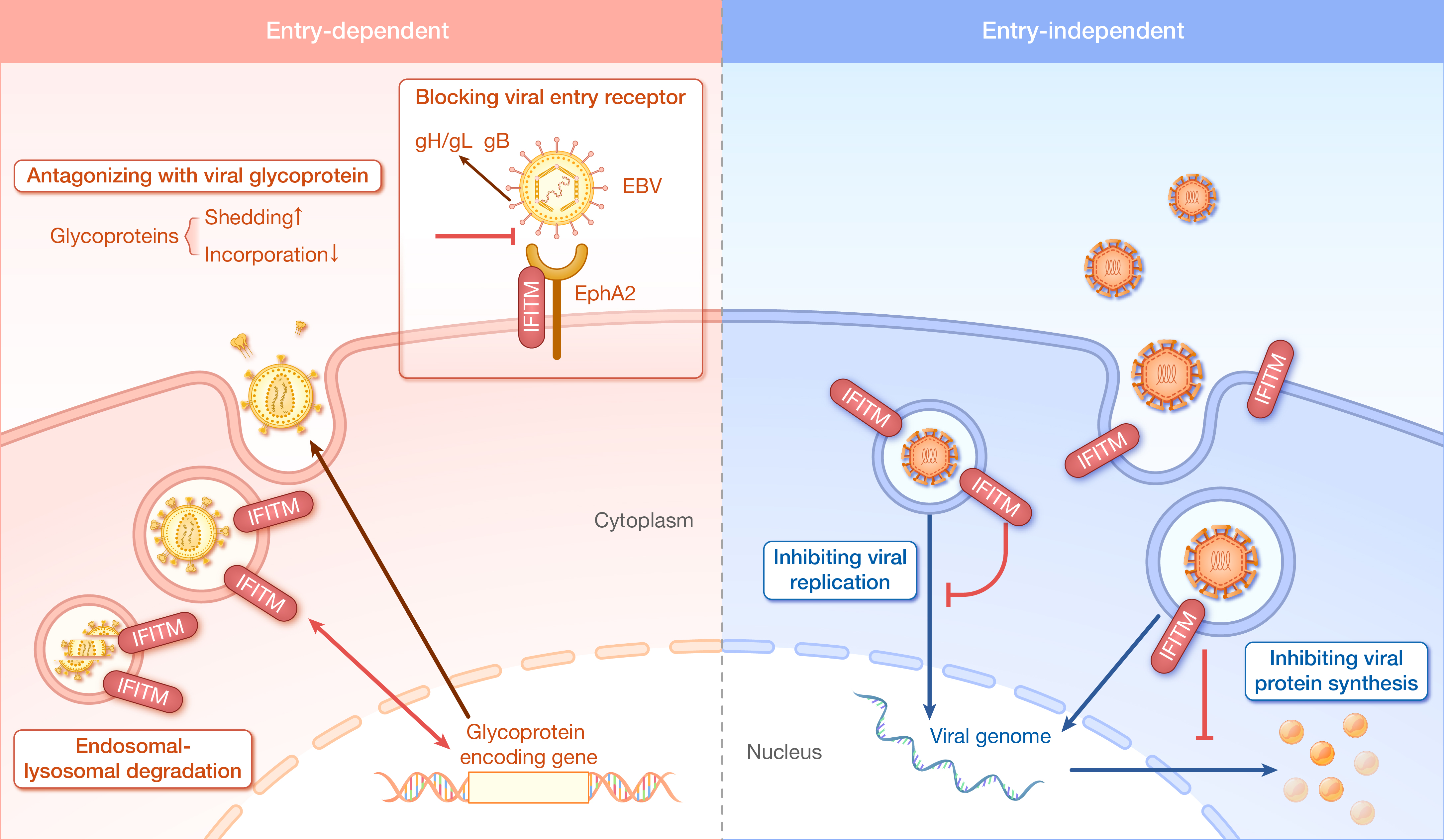
引用:
Jiang ZY, Xie C, Wu PH, et al. Discovering broader antiviral strategies: Role of interferon-induced transmembrane proteins in virus infection. hLife 2024;2:377–379.
2. Boosting CAR-T cell therapy with CRISPR technology
hLife Review | CRISPR技术在CAR-T疗法中的应用
通讯作者:邬一谦

文章综述了CRISPR(Clustered Regularly Interspaced Short Palindromic Repeats)技术在CAR-T(Chimeric Antigen Receptor T-Cell Immunotherapy)疗法中的应用,通过CRISPR可以提高CAR-T疗法的安全性和有效性。
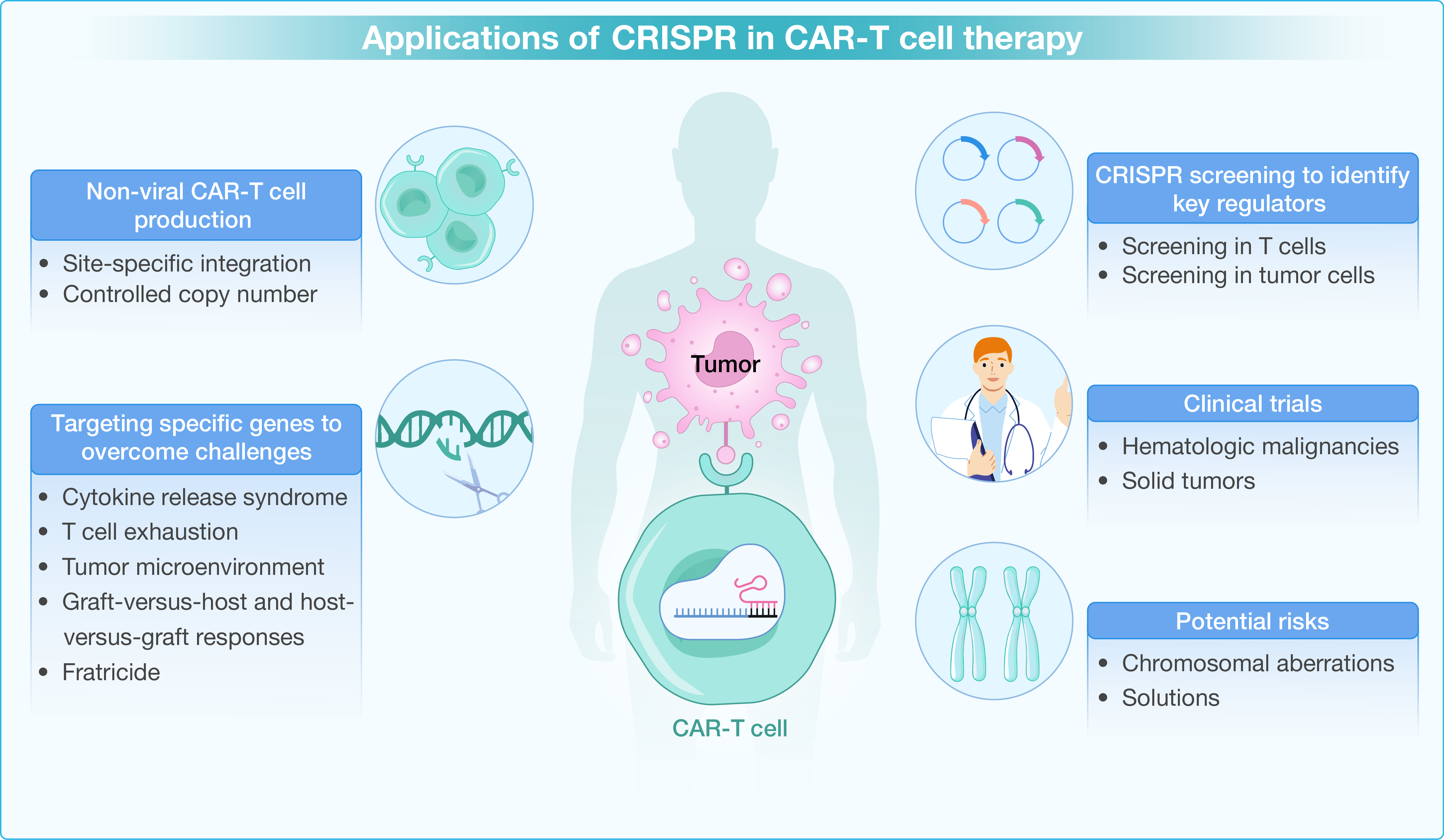
引用:
Yan L, Gao S, Wang X, et al. Boosting CAR-T cell therapy with CRISPR technology. hLife 2024;2:380–396.
3. Dysregulated STAT1 gain-of-function: Pathogen-free autoimmunity and fungal infection
hLife Review | STAT1-GOF突变患者——受自身免疫和真菌感染双重折磨
通讯作者:卢洪洲、袁静
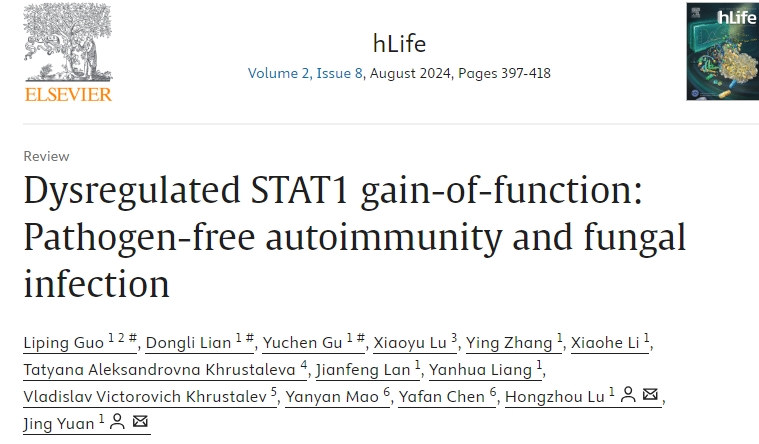
文章综述了STAT1基因功能增强型突变(STAT1-GOF)患者和小鼠模型中存在的潜在遗传、细胞和分子机制以及与真菌感染和无病原体自身免疫相关的诊断和治疗挑战。

引用:
Guo L, Lian D, Gu Y, et al. Dysregulated STAT1 gain-of-function: Pathogen-free autoimmunity and fungal infection. hLife 2024;2:397–418.
4. Why is the Omicron main protease of SARS-CoV-2 less stable than its wild-type counterpart? A crystallographic, biophysical, and theoretical study
通讯作者:Jana Shen、Rolf Hilgenfeld
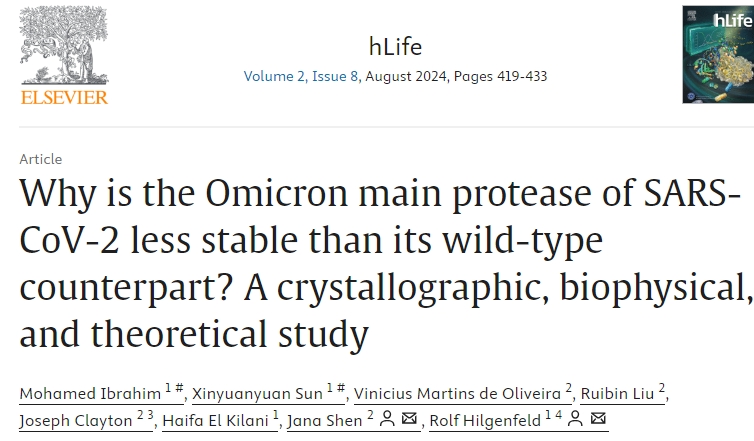
HIGHLIGHTS
The enzyme activity and thermal stability of severe acute respiratory syndrome coronavirus 2 (SARS-CoV-2) Omicron Mpro and the P132H+T169S double mutant are reduced.
Crystal structures of the Omicron Mpro and the double mutant show a stacked configuration of H132 and E240.
The stacked His132/Glu240 may promote a water-mediated interaction between Asp197 and His132.
The Omicron Mpro is less stable due to steric repulsion and unfavorable conformations of His132.
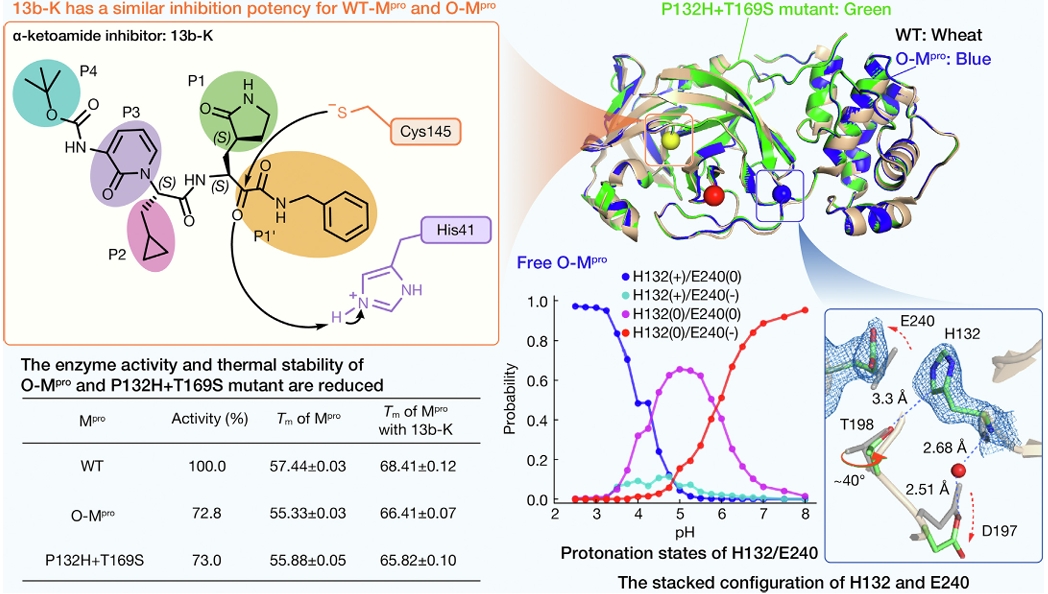
引用:
Ibrahim M, Sun X, Martins de Oliveira V, et al. Why is the Omicron main protease of SARS-CoV-2 less stable than its wild-type counterpart? A crystallographic, biophysical, and theoretical study. hLife 2024;2:419–433.
5. BCMA-CD19 bispecific CAR-T therapy in refractory chronic inflammatory demyelinating polyneuropathy
hLife Letter | CAR-T细胞治疗点亮慢性格林巴利综合征的治愈希望
通讯作者:施明、崔桂云、郑骏年
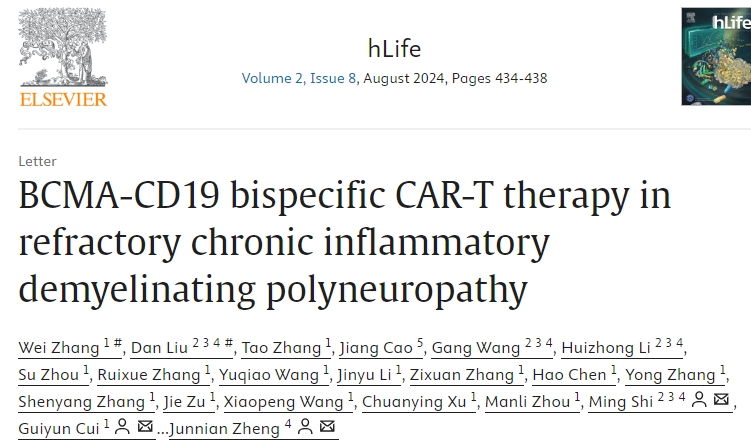
文章报道了全球首例慢性格林巴利综合征(CIDP)患者接受嵌合抗原受体工程化T细胞(CAR-T细胞)治疗后随访1年期的结果,系统解析了BCMA-CD19双特异性CAR-T细胞用于治疗难治性/复发性CIDP的可行性、耐受性和疗效,深入探讨了CAR-T细胞疗法治疗自身免疫性疾病的广阔前景。
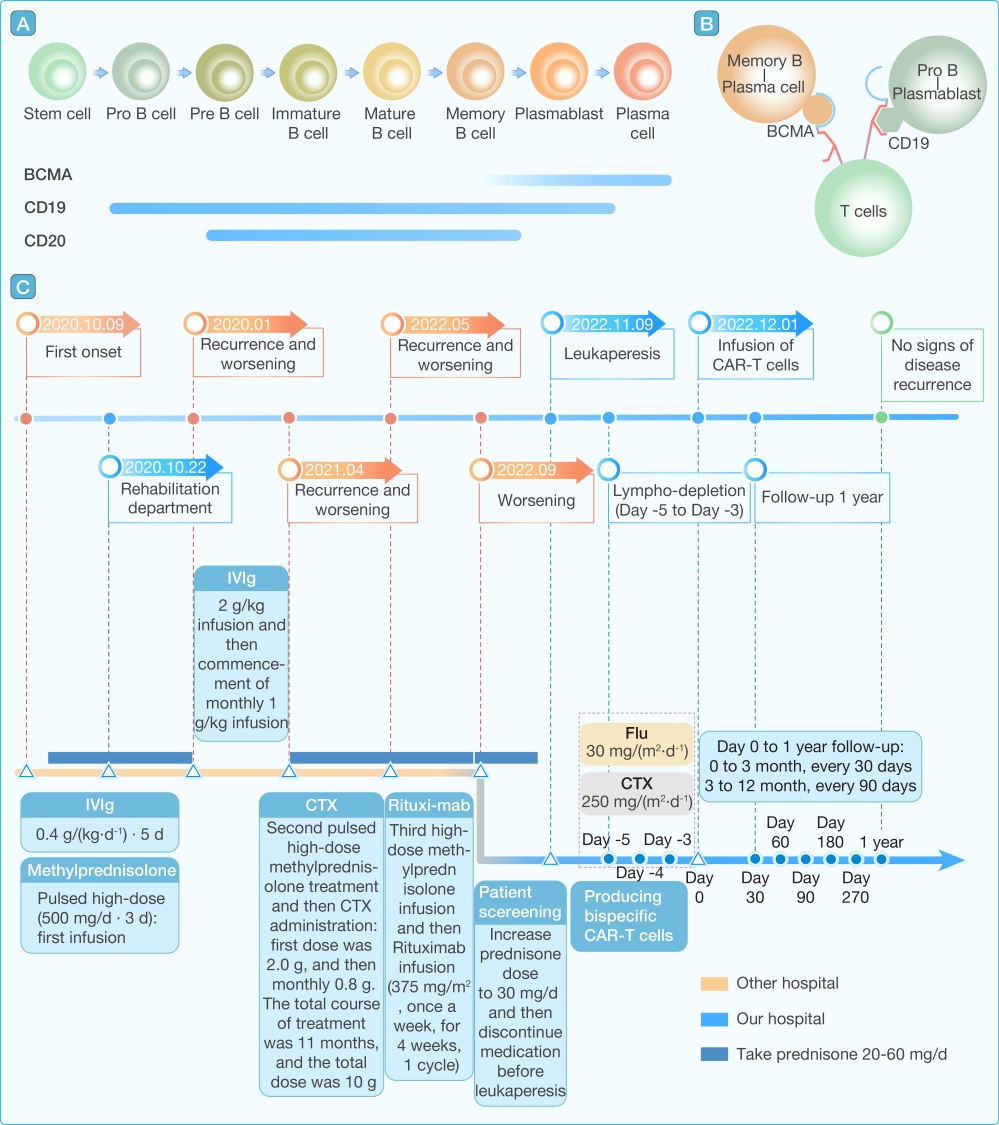
引用:
Zhang W, Liu D, Zhang T, et al. BCMA-CD19 bispecific CAR-T therapy in refractory chronic inflammatory demyelinating polyneuropathy. hLife 2024;2:434–438.
期刊简介
hLife由高福院士、董晨院士和Jules A. Hoffmann教授(2011诺奖获得者)领衔,是中国科学院微生物研究所主办,中国生物工程学会,浙江大学陈廷烨大健康学院,西湖大学医学院,上海市免疫治疗创新研究院和广州霍夫曼免疫研究所联合支持,与国际出版商爱思唯尔合作的健康科学领域综合性英文期刊。
hLife聚焦健康科学领域的前沿进展,旨在促进基础研究与临床应用的融合发展。期刊发表与医学相关各研究领域最新成果,学科领域包括(但不限于)病原生物学、流行病学、生理学、免疫学、结构生物学、疾病监测、肿瘤、药物、疫苗和健康政策等。
hLife是一本金色开放获取期刊,月刊出版;2022年成功入选“中国科技期刊卓越行动计划高起点新刊”;2023年11月正式创刊。
2025年前hLife接受的稿件免收文章处理费(APC)。
投稿网址:https://www.editorialmanager.com/hlife
邮箱| hlife@im.ac.cn
电话|(86)10-64807577
https://blog.sciencenet.cn/blog-3552961-1449916.html
上一篇:[转载]hLife出版9个月被Scopus收录!